Tampa's HVAC Services | License #: CAC1818057
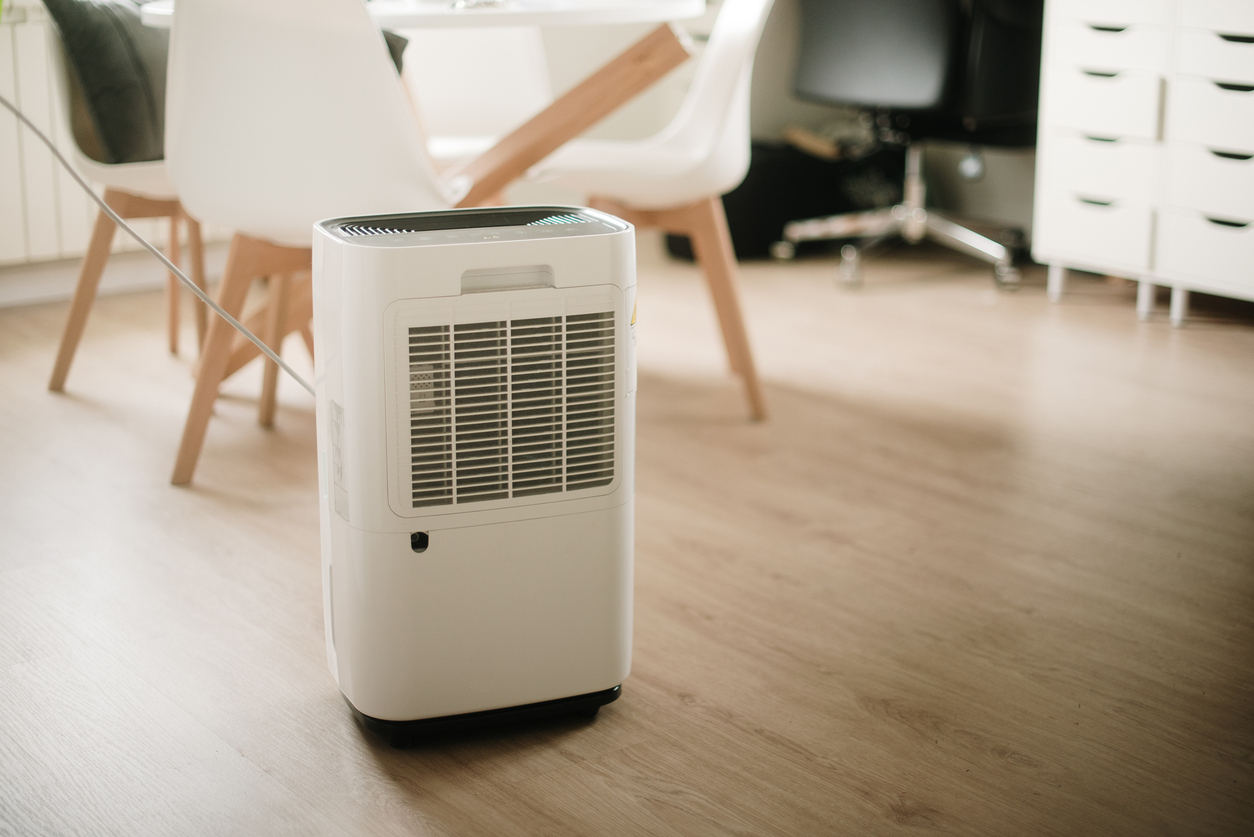
How to Dehumidify a Room
Maintaining the right humidity level in your home is crucial for comfort and health. Excess moisture can lead to mold growth, musty odors, and an overall unpleasant living environment. Whether you’re battling sticky summer air or trying to manage moisture in naturally damp areas like basements, understanding how to dehumidify a room effectively can make all the difference. Here’s a comprehensive guide to reducing humidity in your home, ensuring your spaces remain fresh and healthy.
Identify the Source of Humidity
Before you can tackle the problem, it’s important to understand where excess moisture is coming from. Common sources include cooking, bathing, and drying clothes indoors. Structural issues such as poor ventilation and leaks can also contribute to high indoor humidity levels. Conducting a thorough assessment of your home, including checking for leaks and ensuring that venting systems are functioning properly, is a critical first step in the dehumidification process.
Ventilation: Your First Line of Defense
Improving ventilation is the most natural way to dehumidify your house. Simple actions such as opening windows and doors can significantly enhance air circulation and reduce moisture levels. For areas where natural ventilation is limited, consider installing exhaust fans, especially in high-moisture zones like kitchens and bathrooms. Ensuring that your air vents are not obstructed by furniture or curtains can also improve air flow and help in moisture control.
Use Dehumidifiers
Dehumidifiers are an effective tool to directly remove moisture from the air. They come in various sizes, so it’s important to choose one that’s appropriate for the size of the room you’re targeting. For larger areas or the entire house, whole-house dehumidifiers that integrate with your HVAC system may be the best solution. These devices can be particularly effective in humid climates or during rainy seasons when moisture levels are persistently high.
Absorb Moisture with Desiccants
Desiccants are substances that absorb moisture from the air. Silica gel, rock salt, and calcium chloride are among the most commonly used desiccants for household purposes. These can be placed in small containers around damp areas to help absorb excess moisture. While not as effective for large spaces as dehumidifiers, they are an excellent option for closets, drawers, and other small or enclosed spaces that need humidity control.
Address Dampness in Specific Areas
Certain areas of your home, like basements and crawl spaces, are more prone to dampness and require targeted strategies to dehumidify. Waterproofing walls, installing a sump pump, or using a specifically designed basement dehumidifier can effectively manage moisture in these areas. Regularly checking these spaces for water intrusion and addressing any issues immediately can prevent the problem from worsening.
Maintain Your HVAC System
Your heating, ventilation, and air conditioning (HVAC) system plays a significant role in regulating indoor humidity. Regular maintenance of your HVAC system, including changing filters and servicing the unit, can improve its efficiency in controlling moisture levels. If your home continues to have humidity issues despite regular maintenance, it may be worthwhile to consult with HVAC professionals to see if your system needs more comprehensive adjustments or replacements.
Redecorate with Moisture-Resistant Materials
Using moisture-resistant materials in your home decor can also help manage humidity levels. Materials such as vapor barriers on walls, water-resistant paint, and moisture-resistant flooring options like vinyl or tile can significantly reduce the absorption of moisture into your home’s structure, keeping it drier.
Monitor Humidity Levels
Keeping an eye on the humidity levels in your home is crucial for effective moisture management. The ideal indoor humidity level is between 30% and 50%. Hygrometers, which measure the moisture content in the air, can be used to monitor these levels accurately. Regular checks will help you adjust your dehumidification strategies as needed and maintain optimal air quality.
When to Call the Professionals
Sometimes, despite all efforts, you might find it challenging to manage humidity levels on your own. In such cases, it’s best to call in the experts. The Comfort Authority specializes in HVAC solutions that include state-of-the-art dehumidification systems tailored to your specific needs. Whether you need a comprehensive assessment of your home’s humidity issues or installation of advanced dehumidifying technology, our team is here to ensure your home remains comfortable and healthy.
Conclusion
Dehumidifying your home doesn’t just contribute to comfort—it’s essential for your health and the longevity of your home. By following these tips, you can effectively reduce excess moisture and prevent the issues associated with high humidity. Remember, for all your HVAC needs, whether it’s maintaining optimal humidity or ensuring your air conditioning is functioning at its best, don’t hesitate to contact The Comfort Authority. Our experts are committed to providing you with the best solutions for a healthier, more comfortable home.
Recent News
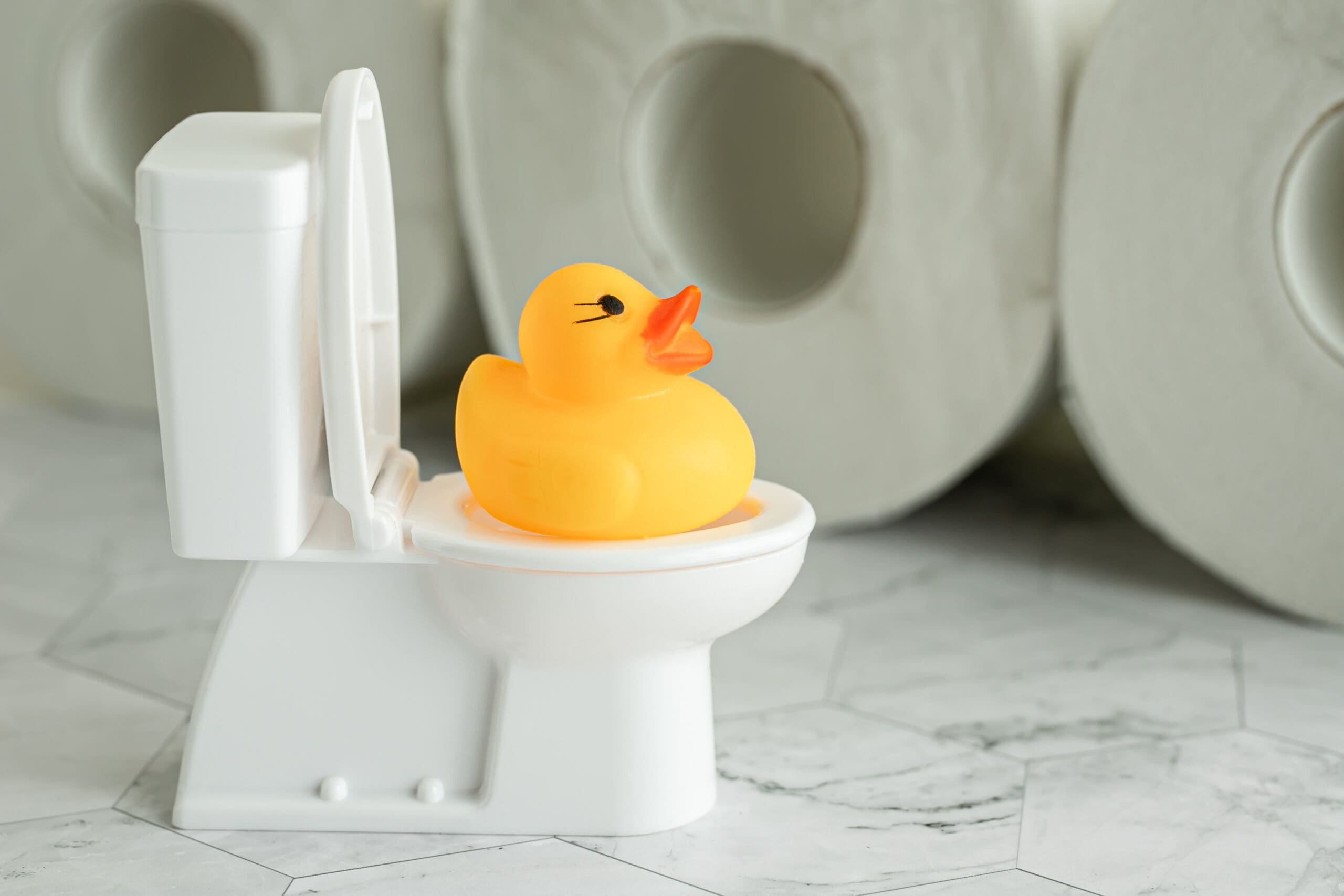
Why Does My Toilet Flush Twice?

Why Does My Bathroom Smell Like Sewage?
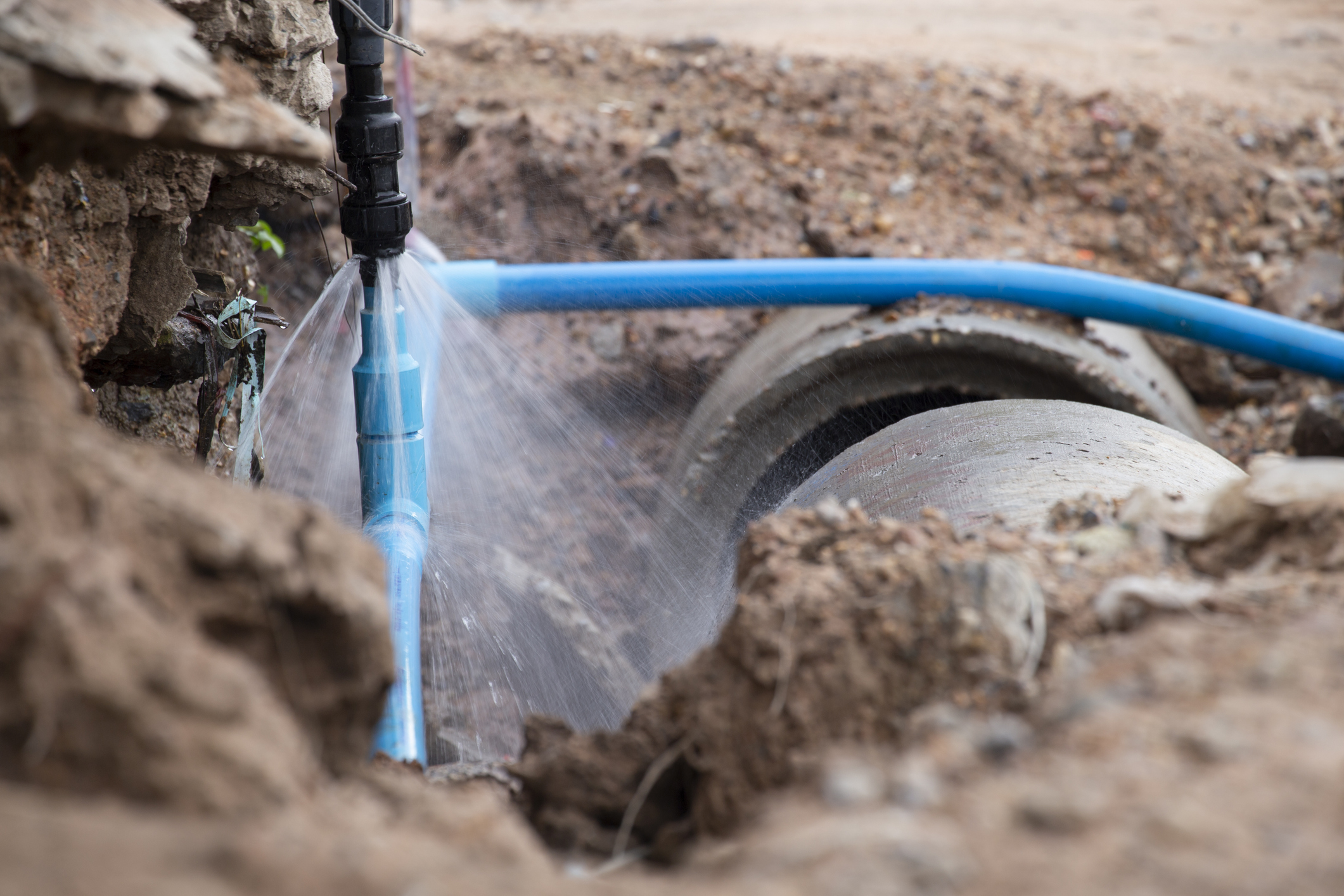
Broken Pipe? 5 Common Causes
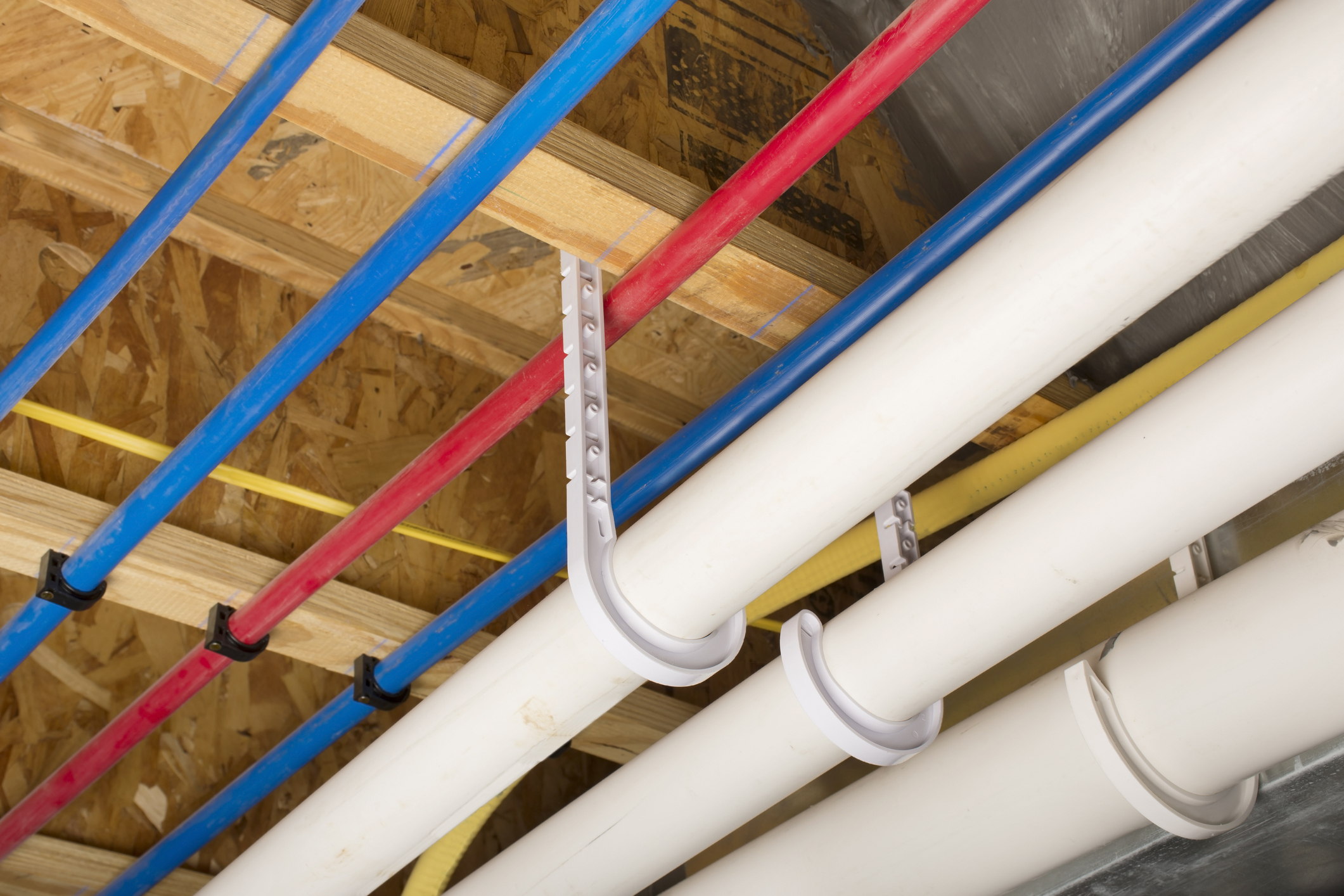
Types of Plumbing Pipes: Which are Best for Your Home?
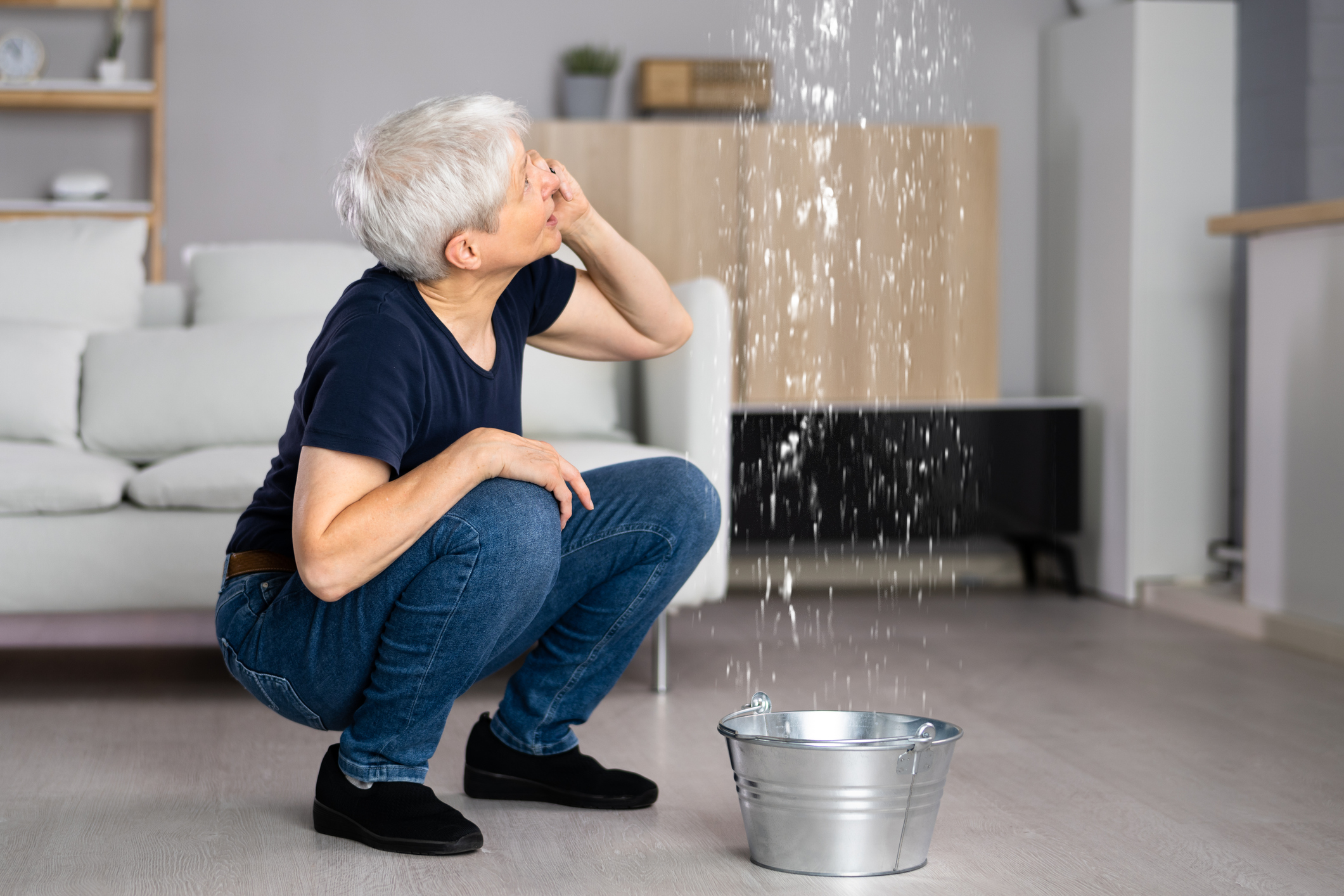
What to Do In Case of an Emergency Water Leak
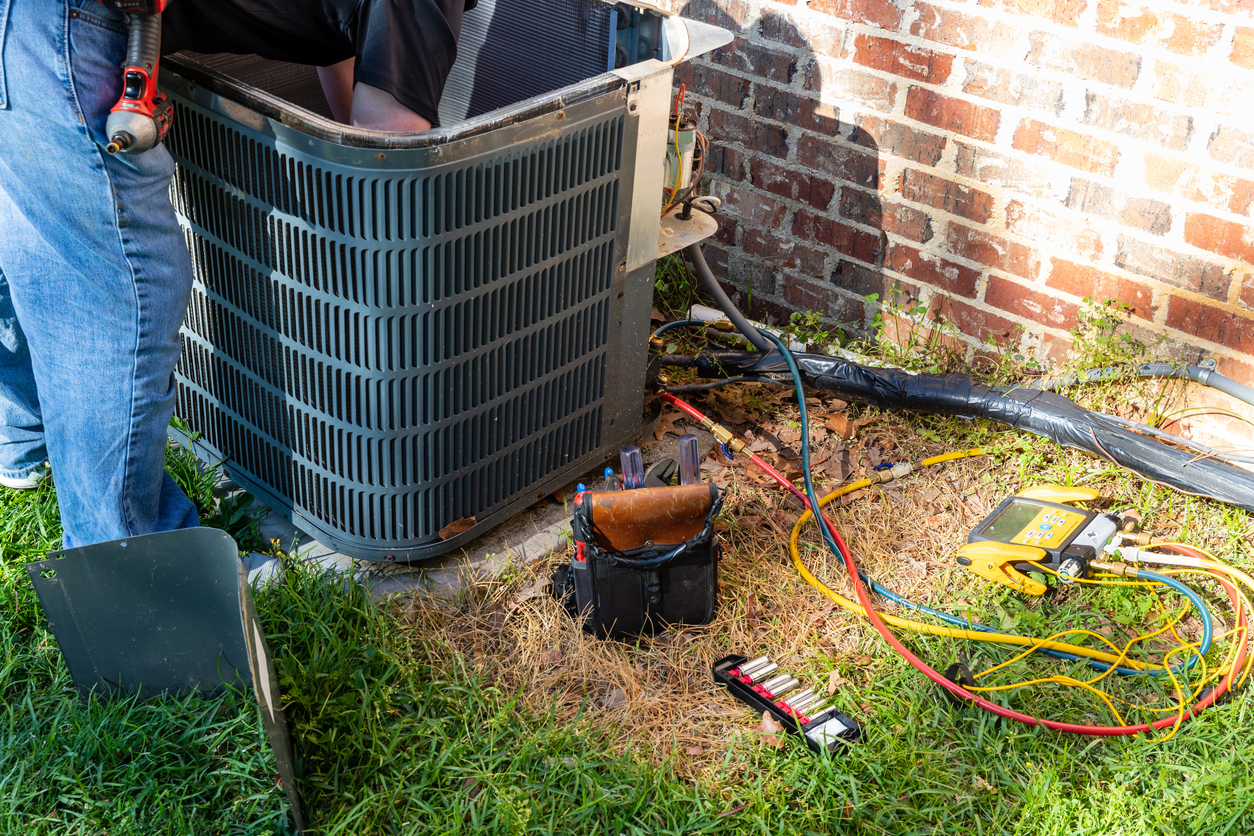
Why is My Air Conditioner Making a Dripping Noise?

What Should You Set AC to in Florida When Away From Home?
